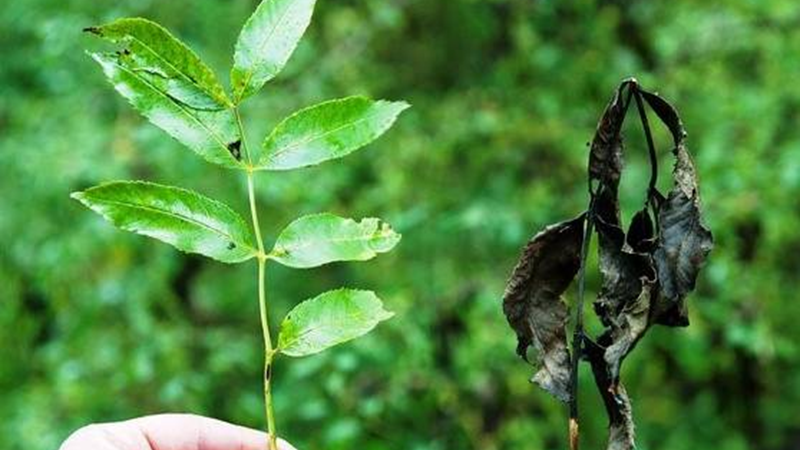Ash dieback in the South West
Published
20 Sep 2022
The current level of Ash dieback infection is unprecedented in the South West region

Share this article
National Highways recognises the environmental value of trees. We manage our trees through their whole lifecycle, to control safety risk and optimise the environmental value provided by trees.
In the South West we manage a large estate including significant areas of woodland by the side of our roads. Our tree specialists carry out regular inspections for safety and general woodland management.
We also have a legal obligation to ensure our strategic road network remains safe to road users and the trees in our care do not pose a hazard to adjacent property. Where possible we will make trees safe, and as a last resort remove dead or dying trees when advised to do so by our specialists.
The current level of Ash dieback infection is unprecedented in the South West region and it has spread rapidly to the trees alongside our roads over recent years. Regrettably, surveys by our specialists have found dry conditions and increased temperatures have exacerbated the disease and many Ash trees are deteriorating more quickly than expected. A large proportion are now dead or dying and pose a potential safety risk, leaving us with no alternative other than to make them safe or remove them.
Over the coming weeks and months, we will remove or make safe Ash trees identified for urgent action. Care of our woodland is an ongoing process and further works will be needed in winter to address trees which are currently infected but assessed as requiring less urgent action.
Ash dieback is a national issue and more information from the Forestry Commission can be found at https://www.gov.uk/guidance/managing-ash-dieback-in-england.
Tree Council - Ash dieback a tree owners guide
Photograph courtesy of Forestry Commission
